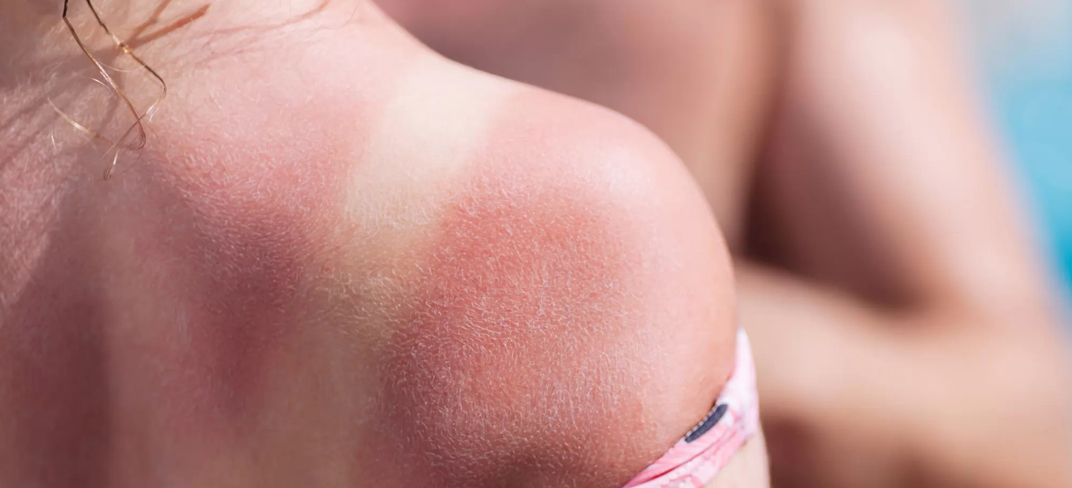Everything You Need to Know About Sun Blisters

What is a sun blister?
A sun blister is a fluid-filled sac on the skin that happens as the result of a serious sunburn or sun poisoning. You get a sunburn when your skin gets overexposed to ultraviolet (UV) radiation from the sun.
Blisters usually appear several hours to a day after too much sun exposure. The blister forms to protect the skin underneath it.
Blistering skin indicates a second-degree burn. That means both the top (epidermis) and middle (dermis) layers of skin have sustained damage. If blisters occur, it is important to know how to manage with some simple home remedies. This can prevent skin infection and further skin damage. The knowledge on blisters would be helpful to prevent any risk of getting skin cancer in the long run.
How to treat sun blisters?
It is often tempting to break a blister open, but you should fight the urge to do so. Leaving the blister alone will help it heal faster. A broken blister increases the chance of infection by letting bacteria into the skin.
A broken blister can also lead to scarring.
Here are some ways to treat sun blisters at home.
- If the blister breaks on its own, clean the area with mild soap and water. Apply an antibiotic ointment and cover the wound with a nonstick bandage.
- Bathe or shower with cool water to cool the blisters and relieve pain. You can also use cold compresses on the blisters for a similar effect.
- Take ibuprofen, which will relieve pain and reduce inflammation.
- Put a little aloe gel on the blisters to relieve pain and promote healing.
- Drink extra water to help prevent dehydration and promote healing. Blistering skin causes water loss.
- Protect your skin from the sun while blisters are healing. More sun will aggravate the painful burn. Wear loose clothing to cover the blisters if you need to go out.
How long do sun blisters last?
A sun blister should start to feel better in about two days. It usually takes about a week for sunburn and sun blisters to fade. You may notice darker or lighter spots on the skin after the blister is gone.
Even though the blister will heal, skin damage from sunburn is long-lasting. Multiple sunburns increase your chance of getting skin cancer.
How Do Protect Your Skin from Sun Blisters
Here are some sun safety tips that will help you avoid getting sun blisters.
- Always use a broad-spectrum, water-resistant sunscreen with at least SPF 30 when you go outdoors.
- Wear protective clothing (hat and sunglasses) outdoors.
- Reapply sunscreen every few hours and after swimming.
- Avoid going out in the sun between 11 a.m. and 4 p.m., when the UV index is at its highest.
When You Should Call a Doctor
You can treat most sunburns and sun blisters at home. But if you have any of the following symptoms following a bad sunburn, go to your doctor or urgent care facility.
- Fever.
- Chills.
- Nausea.
- Vomiting.
- Confusion.
- Severe blistering that covers more than 20% of your body.
- Extreme pain.
- Headaches.
- Blisters that turn yellow or red (which could indicate infection).
Remember that a bad sunburn is no joke. Taking care of your skin now can help prevent premature aging of the skin and getting skin cancer in the future.